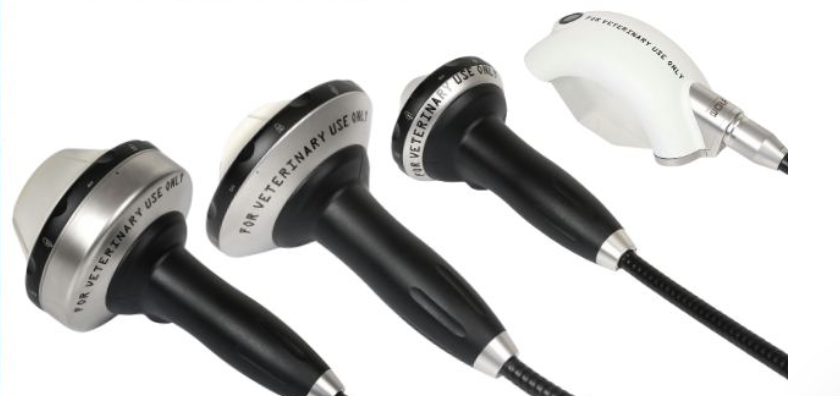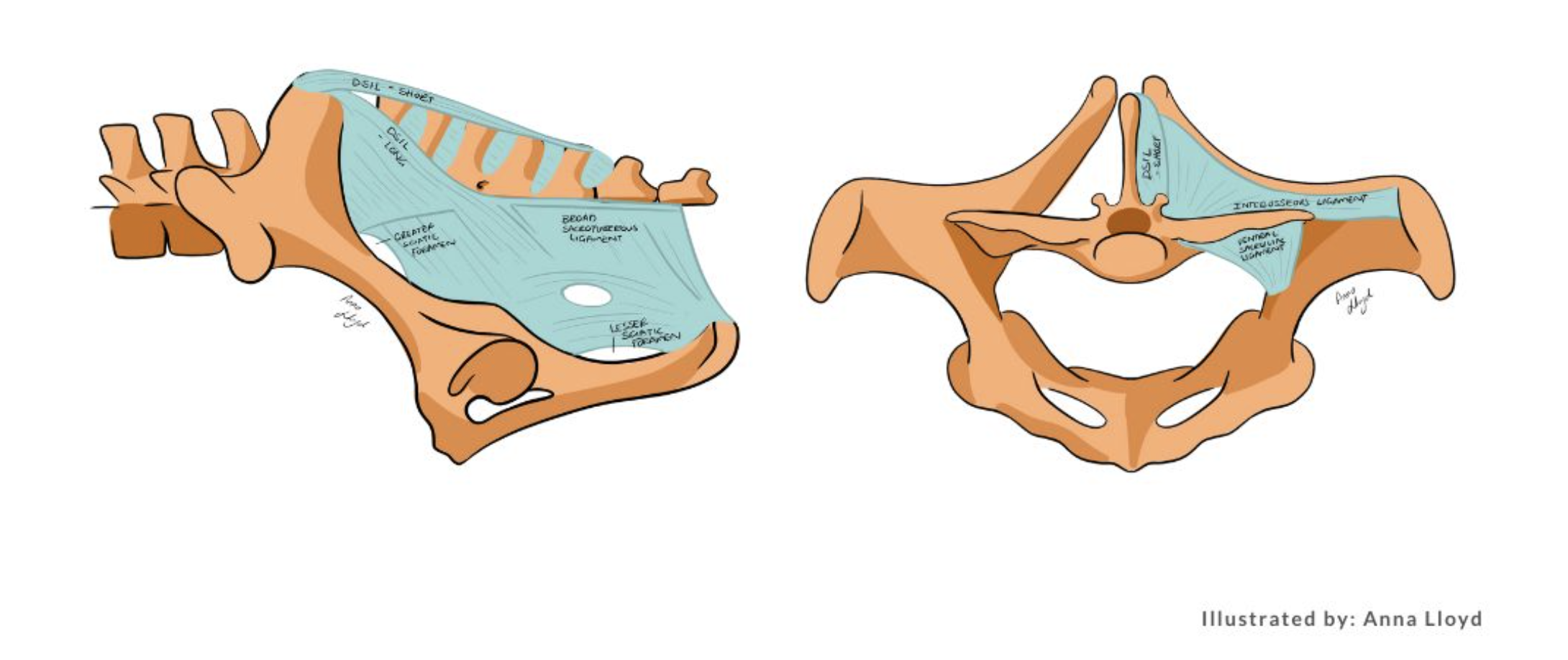PiezoWave Vet Focused Shockwave: Variability and Specificity to Minimize Patient Pain and Maximize Therapist Safety
Extracorporeal shockwave therapy (ESWT) has become a widely used modality in veterinary rehabilitation due to its regenerative, anti-inflammatory, and analgesic properties. The PiezoWave2T Vet system employs focused shockwave technology, which offers a high degree of control over energy delivery, depth of penetration, and focal precision. The PiezoWave2T Vet redefines veterinary shockwave therapy by minimizing patient discomfort, enhancing tissue-specific healing, and reducing operator risk.
Variability and Precision in Focused Shockwave Delivery
The PiezoWave Vet utilizes piezoelectric crystal arrays to generate focused shockwaves. Unlike other shockwave systems, which are designed to target a large area of tissue and do not have the 5-10 mm increments in depth of penetration, the PiezoWave2T Vet focused shockwaves concentrate acoustic energy into a precise focal zone. This allows for selective targeting of musculoskeletal structures at specific depths, from superficial soft tissue to deeper orthopedic targets 1.
Treatment parameters such as energy flux density (EFD), pulse frequency, and focal depth can be precisely controlled with the PiezoWave Vet shockwave. This variability enables clinicians to tailor treatment protocols for diverse indications including tendonopathies, osteoarthritis, muscle injuries, and bone healing without affecting surrounding tissues 2.
Specificity Enhances Therapeutic Outcomes
High spatial accuracy and depth selectivity are essential for addressing conditions like biceps, supraspinatus or infraspinatus tendinopathies and specific myofascial trigger points. In canine rehabilitation, for instance, targeting the supraspinatus insertion at a depth of 5-10 mm can be reliably achieved with PiezoWave’s focused probes, optimizing therapeutic efficacy while sparing adjacent neurovascular structures 3,4.
PiezoWave Vet systems also provide interchangeable gel pads and probe configurations that allow for 5 to 10 mm adjustments in focal depth (ranging from 0–100 mm at the central penetration depth), enhancing anatomical specificity and minimizing off-target effects.
Minimizing Patient Pain
One of the primary advantages of focused ESWT is its ability to induce analgesia through both central and peripheral mechanisms. Piezoelectric focused waves induce hyperstimulation analgesia, modulate neuropeptides such as substance P and CGRP, and may inhibit pain signal transmission at the dorsal horn 5. Furthermore, focused shockwaves can reduce inflammatory mediators and promote tissue regeneration, resulting in both immediate and long-term pain relief 6. Recently, shockwave has also been shown to diminish free nerve endings in the fascia 7.
PiezoWave’s precise energy delivery minimizes unnecessary mechanical trauma to surrounding tissues, which is often a concern with less-focused or radial devices. As a result, patient discomfort is reduced, and sedation is rarely required—an important benefit in many veterinary settings.
Maximizing Therapist Safety
The PiezoWave2T Vet shockwave is quiet and has a large range of energy output. With the shockwaves formed only within the tissue and not traveling through the highly enervated dermis there is no need for sedation and the patient provides bio feedback allowing the therapist to limit the stress and startle response of the patient. It can be used in a fear free manner and the therapist is at a much lower risk of having an adverse animal reaction than the louder and more painful electrohydraulic shockwave system. This is especially important when working on equine patients that are large animals with a strong “fight-or-flight” response to unpredicted stresses or when treating working dogs that have a high alert recognition to different stimulations.
From an ergonomic and occupational safety perspective, the PiezoWave2T Vet offers many advantages. As a direct focused shockwave system energy output is into a narrow treatment zone, the focal zone. The therapeutic pressure waves only travel through a liquid medium, this reduces the risk of therapist exposer and increases operator safety, especially in comparison to delivering class IV laser therapy. The lightweight handpiece and finger switch limit the repetitive strain on therapists’ hands and wrists during treatments. Also, when treating animals with this shockwave, positioning of the therapy source, animal and therapist is very flexible. This is based what is best for both the animal and therapist and leads to energy being delivered to the appropriate tissue. Electrohydraulic shockwave devices recommend hearing protection during their use. The PiezoWave 2T Vet is substantially quieter and doesn’t require protection thus eliminating the potential for hearing damage in non-compliant usage. In total, a veterinary therapist must take care of themselves along with their patients and the PiezoWave shockwave is simple and safe to use.
Conclusion
The PiezoWave2T Vet focused shockwave system represents a sophisticated evolution in ESWT technology, offering adjustable variability and superior specificity in treatment delivery. Its precise energy control reduces patient pain, improves therapeutic outcomes, and ensures clinician safety. The PiezoWave Vet shockwave empowers veterinarian professionals to treat more precisely, heal more effectively, and practice safely in an industry where time, trust, and tissue all matter. Learn more about PiezoWave: Small animal providers click here, and large animal providers click here.
References
- (2020) Physical principles of ESWT. The International Society for Medical Shockwave Treatment. https://www.shockwavetherapy.org/about-eswt/shockwave-history/
- Complementary and Alternative Veterinary Medicine in Sport and Companion Animals: Extracorporeal Shockwave Therapy. Animals, 12(22), 3124
- Kern, T., Manfredi, J., & Tomlinson, J. (2023). Ultrasonographic appearance of supraspinatus and biceps tendinopathy improves in dogs treated with low-intensity extracorporeal shock wave therapy: a retrospective study. Frontiers in Veterinary Science, 10, 1238513.
- Owen, H. (2022). Case study: treating infraspinatus and supraspinatus trigger points and supraspinatus tendinopathy utilizing piezoelectric shockwave. Frontiers in Veterinary Science, 9, 943276.
- Manganotti, P., & Amelio, E. (2005). Long-term effect of shock wave therapy on upper limb hypertonia in patients affected by stroke. *Stroke*, 36(9), 1967–1971.
- Wang, C. J., et al. (2003). Shock wave therapy induces neovascularization at the tendon–bone junction. *AJP: Heart and Circulatory Physiology*, 284(5), H1931–H1938.
- Ryskalin, L., Morucci, G., Natale, G., Soldani, P., & Gesi, M. (2022). Molecular mechanisms underlying the pain-relieving effects of extracorporeal shock wave therapy: a focus on fascia nociceptors. Life, 12(5), 743.
- Video 1: Charish K9 House https://cherishk9house.com
- Video 2: Alabama Performance Horse Services, Inc. alabamaperformancehorse@gmail.com
ELvation Marketing Team
Combining sales and flexible customer support with many years’ in-depth knowledge of medical equipment we offer customized solutions to create value with long-term investments and medical supplies. ELvation’s strength lies in its ability to combine the apparently contradictory needs of improving the standards of patient care by providing high-quality medical technology and good corporate profitability. We have a special partnership with Richard Wolf GmbH as their long-term authorized Sales & Service Team for piezo shockwave systems.



